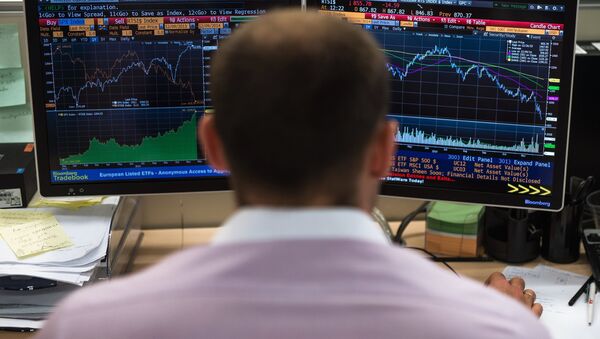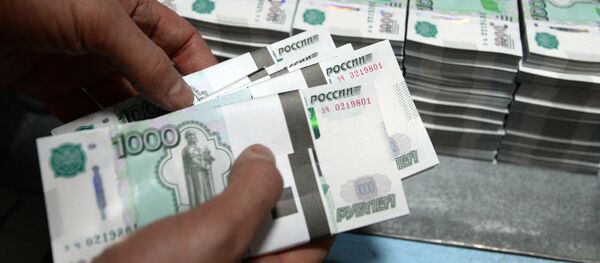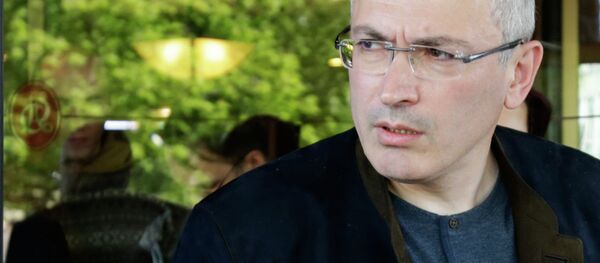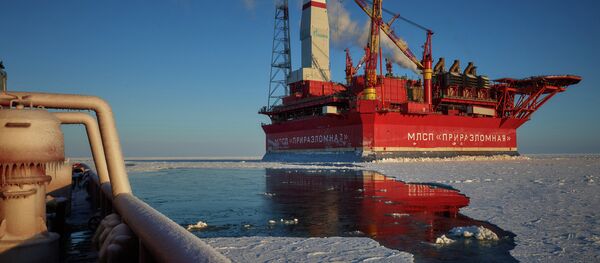While all these issues are expected to persist well into the next year, investment capital is attracted to Russia by a gradual loosening of the central bank’s monetary policy.
Moreover, next year’s scheduled payments on external debt are light in volume, and base effect is improving expansion prospects, even though recession still lingers. Subsequently, Russia might be heading for a massive expansion in the financial sector under otherwise equal conditions.
This year, Russia’s shares and debt securities were among the world’s best performers, returning 15% to 20% per dollar, even though political risks prevented many investors from doing business there.
Russia’s dollar-denominated corporate indebtedness means tight connections with the US regardless of politics, and the improved relations with Europe after terrorist attacks over Sinai and in Paris possibly open way to the gradual abolition of economic sanctions.
While the sanctions only affect a list of Russian individuals and the largest state-controlled enterprises, the risk premium to Russia’s assets they added certainly affected the nature of financial transactions in the country. While limiting their volume somewhat, the risk boosted profitability.
"Russia is definitely one to watch," Mark Burgess of Columbia Threadneedle Investments said. "Were there to be any signs of sanctions being lifted, there would be investment opportunities being thrown up from that."
The now-cheap ruble allowed the Russian government to maintain fiscal discipline, with the budget deficit within the 3% of the GDP framework. This year, the ruble dropped 20% after a brief recovery, with weakness persisting, thus allowing greater returns per dollar, while also boosting the competitiveness of Russia’s assets internationally.
Russia’s international trade balance is in surplus, expected at about 4% GDP in 2016, which is better than in its many competitors like Brazil. The trade surplus also provides a steadier foundation for financial expansion.
In 2016, Russia is scheduled to pay some $75 bln in external debt servicing payments compared to $100 bln this year and $50 in Q4 2014. That said, a debt default is a more unlikely perspective than it was thought to be previously. Market participants see less risk from debt payments at this point.
According to JP Morgan Chase & Co., Russian companies’ yield over the US Treasuries dropped 4% this year, meaning there is less volatility in Russia’s corporate sector. These Russian bonds also returned 26% this year, JP Morgan said, with gains poised to extend into 2016.
"Our core view continues to be that Russian yields will come down very substantially… this is an economy which is very disinflationary in terms of trend with a very contractionary fiscal policy," David Hauner of Bank of America Merrill Lynch said.
Inflation is expected to slow to 8% by late 2016 from the current 13%, allowing for more interest rate cuts by the central bank, from 11% to 8% during the same timeframe, thus providing a boost to economic stabilization. The prospects of ending the current recession are yet unclear, but telecommunications and retail are likely to lead the recovery.





